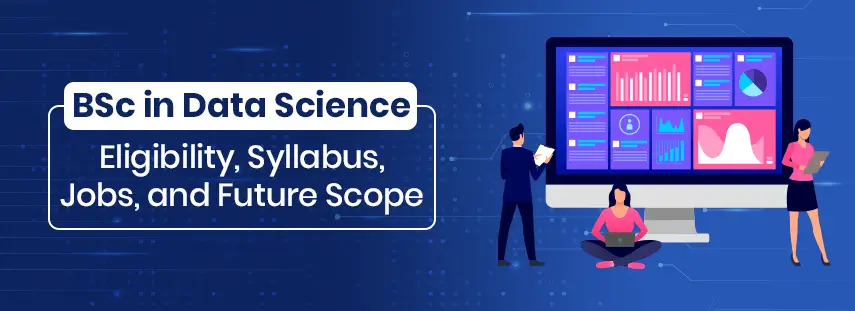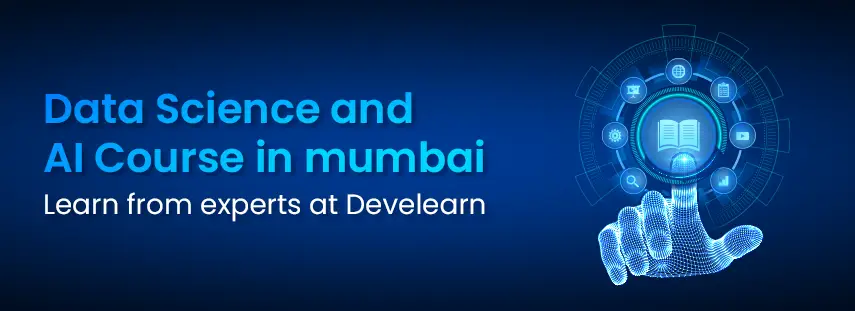Join As Students, Leave As Professionals.
Develearn is the best institute in Mumbai, a perfect place to upgrade your skills and get yourself to the next level. Enroll now, grow with us and get hired.

The Dos and Don’ts of Time Series Data Analysis
Are you a data enthusiast, aspiring data scientist, or a seasoned analyst looking to enhance your skills? Dive into the world of time series data analysis, and join us as we explore the critical dos and don'ts that will help you navigate the complexities of this specialized domain.
Time series
Education
Data Science
Develearn
4 minutes
October 18, 2023
Loading content...




